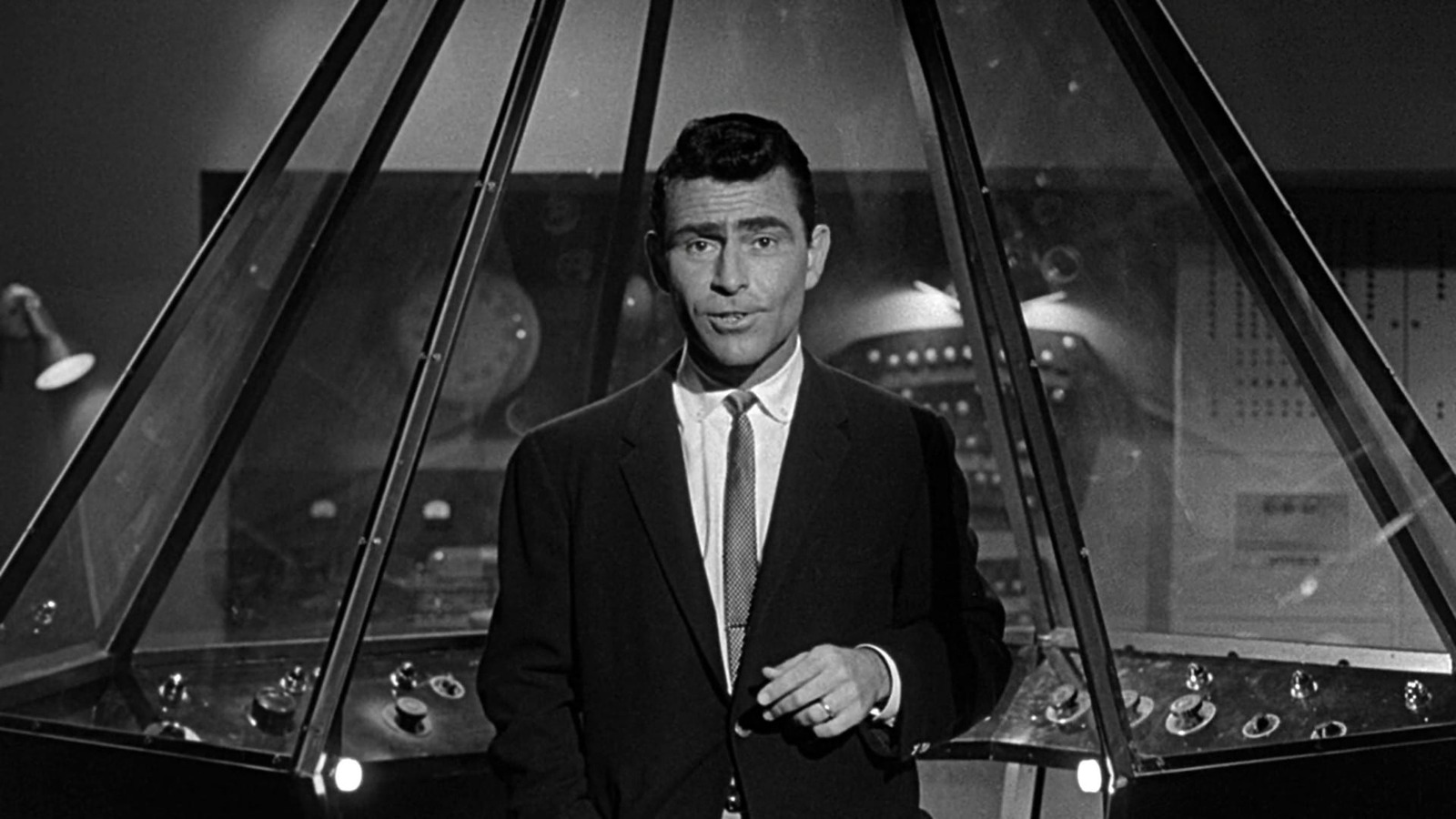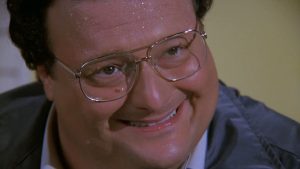
Rod Serling’s iconic sci-fi anthology series “The Twilight Zone” remains a staple in discussions about television greatness, frequently appearing on lists of the best shows ever made. A recent entry in Variety’s ranking of the 100 greatest series listed it at #14—an impressive feat, though some argue it reflects a tendency to favor newer shows. The top spot on that list went to “I Love Lucy,” a choice that many would deem both valid and reflective of the show’s enduring impact. Meanwhile, /Film named “The Twilight Zone” the greatest horror television series, a title that seems justifiable given its cultural significance.
The initial run of “The Twilight Zone” spanned from 1959 to 1964—an impressive stretch for an anthology program. During that period, the show attracted a plethora of talented writers and aspiring directors, promoting genre storytelling into the broader cultural consciousness. Serling, in his role as creator and narrator, became something of a cultural icon, delivering moral lessons alongside each episode’s chilling tale.
However, Serling himself recognized that the series was not without its shortcomings. In a 1970 interview with Professor James Gunn, he expressed his mixed feelings about its overall consistency. This interview, which was originally intended to be part of a series but was eventually shelved, resurfaced later when audio elements were restored. In it, Serling candidly stated his belief that while “The Twilight Zone” yielded remarkable episodes, it also produced a fair share of duds. He explained, “By and large, I think it failed in terms of its consistency. It was very good some weeks, quite bad other weeks.” He attributed this inconsistency largely to budget constraints, which limited the creative potential of the series.
Despite these challenges, Serling believed the show’s creative ambition resonated with audiences, who could sense the effort behind its varied offerings. He pointed out that even when the show had a bigger budget, it rarely exceeded $70,000 per episode—a stark contrast to the $250,000 weekly production costs of his later series “Night Gallery.”
In discussing specific episodes, Serling shared his admiration for “The Invaders” and “Time Enough at Last,” highlighting their standout qualities. “The Invaders,” penned by Richard Matheson, features Agnes Moorehead as an elderly woman who discovers a tiny spaceship, only to learn that she herself is a giant on a planet inhabited by small aliens. Serling described it as “pure science fiction with a very O. Henry-ish twist.”
His own favorite episode, “Time Enough at Last,” tells the story of a book-loving man, played by Burgess Meredith, who finally gains the solitude to read after a nuclear holocaust wipes out humanity—only for his glasses to break, sealing his tragic fate. Serling praised its production quality, noting how the post-apocalyptic scenes captured on the MGM lot looked particularly cinematic.
Ultimately, while “The Twilight Zone” has left an indelible mark on television history, Serling’s reflections reveal a fascinating tension between ambition and the realities of production—a narrative as compelling as the stories he crafted on screen.



